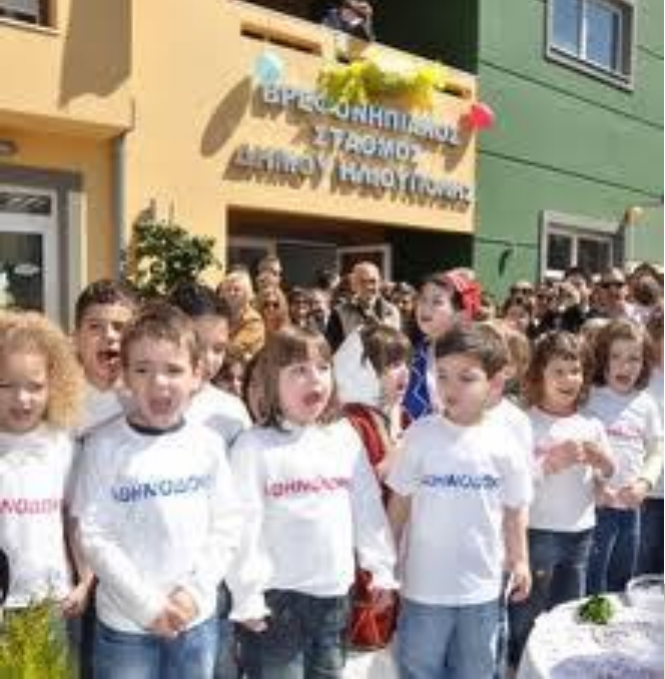
The aim of this research is to identify the mechanisms, which link the socio–economic status of the family (not the area), with the level of traffic safety of preschool children. The study is piloted in the suburb of Ilioupoli, Athens, Greece.
The aim of this research is to identify the mechanisms, which link the socio–economic status of the family (notthe area), with the level of traffic safety of preschool children. The study is piloted in the suburb of Ilioupoli,Athens, Greece.A structured questionnaire exploring the traffic safety of preschool children during their everyday commute tothe nursery school, the child-parent interaction and the parent’s behaviour and knowledge towards traffic safety,was completed for 286 children by 247 volunteer parents, having at least one child attending a municipalitynursery school.Results show that children travel to the nursery school, mainly as car occupants accompanied by their mother.18% of the respondents always use a child restraint system (CRS). Most children, who always use car seatswhile travelling by car, have highly educated mothers (88%). 27% of respondents specify that they always wearseatbelt, when accompanying their child by car.
| ID | pc205 |
| Presentation | |
| Full Text | |
| Tags | road safety measures |






